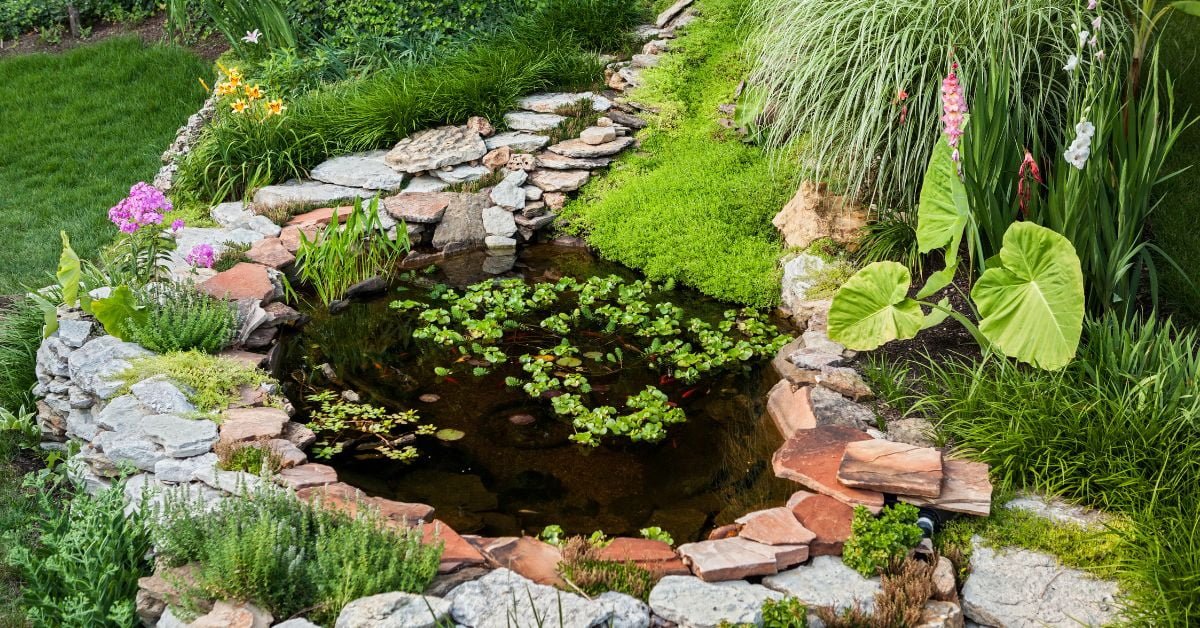Fully automatic water filters for fishponds are called Drum Filters. Water flows into a screen that covers the drum after entering it from the entrance chamber. Waste particles 0.06 mm or larger cannot pass through the room because they are caught in the inner side of the drum, which would decrease the output flow of the clean water through the drum. This is because the screen is 60 micrometers of stainless steel 60 microns.
The water level within and outside of the drum will alter. When the water level changes, the level switch will notice it and alert the controller to start the cleaning procedure. The system itself chooses when the spray nozzles should be. Depending on how dirty it is, clean the screen. The dirt is then flushed down the drain. The filtered water is sent to the biological filter after passing through the grid.
Before the water is returned to the pond, the “Combi” filter series combines a mechanical and biological filtration chamber. The self-cleaning Drum filters don’t need to be cleaned further.
However, verifying that the filter is functioning normally regularly is vital. The easiest way to ensure crystal-clear water in the pond with the least amount of work on the part is definitely to utilize a drum filter.
Pond Filter Types
Three primary categories of pond filters can be discovered or used. They are UV filters, mechanical filters, or biological filters. Ultra violet clarifiers are another name for UV filters.
While biological filters enhance water quality by allowing beneficial bacteria to grow to eliminate nutrients that cause algae to form, mechanical filters remove detritus that is visible to the naked eye, such as leaves and clumps of algae. Within the same filtering system, mechanical and biological filters are frequently found. UV filters operate within their filtration system in the meantime. To combat algae, UV filters work in the opposite way by killing off harmful (and regrettably beneficial) microorganisms by ultraviolet radiation.
Filters, mechanical
The first step in making pond water better is using mechanical pond filters. Clarity. They physically remove waste from the pond by gathering it, like leaves, leftover food, fish feces, and other organic materials.
There are many different types of mechanical filtering media, including filter brushes, sponges, vortices, and more. Contrary to most, vortex filtering is less common. This is so that waste items can be collected into a chamber using a process that depends on precise water flow angles.
It is necessary to use mechanical filters. At a minimum, every garden pond system must include mechanical filtration. Because they lessen the workload of biological filters, some people contend that automatic filters are the first step in improving water quality.
Biodegradable filters
The biological filtration stage also includes media referred to as physical media, just as mechanical filters. Usually, these are made up of tiny fragments. of plastic, bio-balls, or a variety of other small items that provide a significant surface area for bacterial colonization and growth.
The good bacteria break down nutrients in the pond that are apparent to the naked eye but brought about by fish and garbage. The bacteria in a pond break down the ammonia and nitrites present by digesting these organic materials. Supplying fish with a cleaner, healthier environment to live in.
The most crucial step in pond clearing is biological filtration. It influences how well pond products will remove green water to some extent.
UV Blockers
Or, to regulate the green pond water that algae are responsible for, ultraviolet clarifiers are light systems. They function by purging all germs from pond water to eradicate algae. However, Because UV photons are non-discriminatory; they can kill harmful and helpful germs. Although the bacteria used in envoi pond products are partially resistant to ultraviolet light, there are a few factors to consider before relying on pond UV lights.




